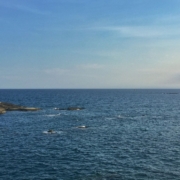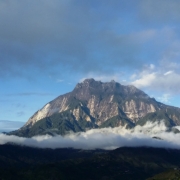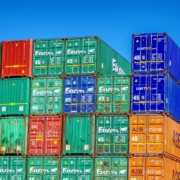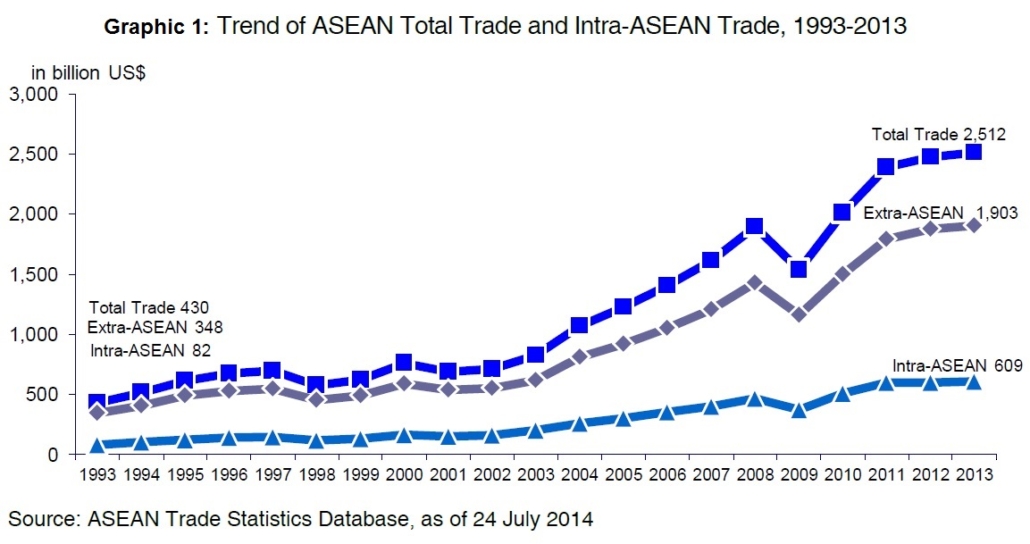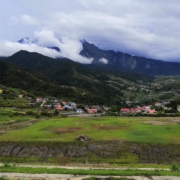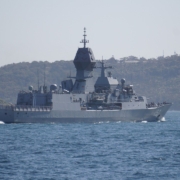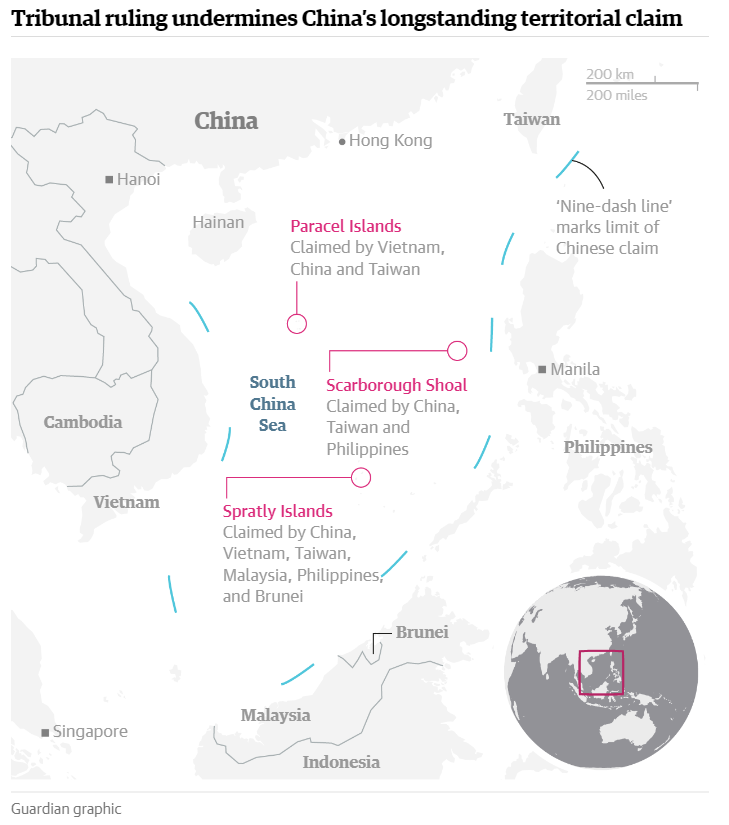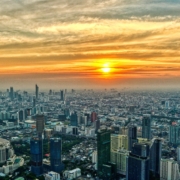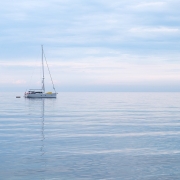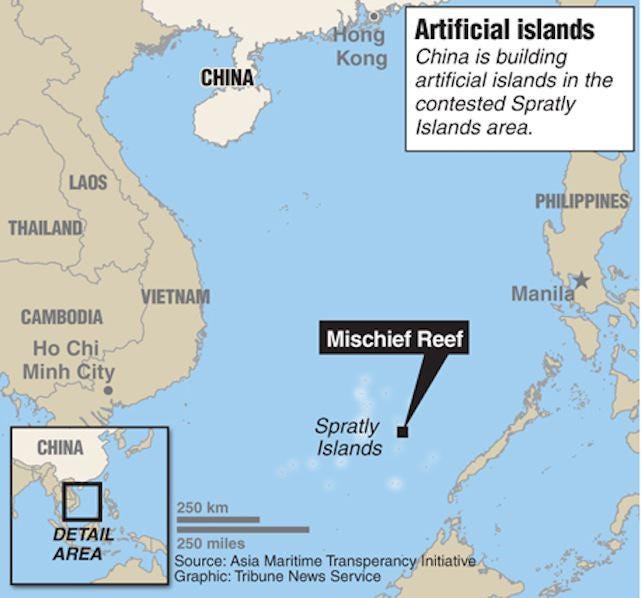Revisited: What is the South China Sea dispute?
Topic of Study [For H2 History Students]:
Paper 2: Regional Conflicts and Co-operation
Source Based Case Study
Theme III Chapter 2: ASEAN (Growth and Development of ASEAN: Building regional peace and security – relations between ASEAN and external powers)
Learn more about the South China Sea dispute that engulfed the region in geopolitical instability. [Video by TRT World].
Significance of the South China Sea dispute: Resource-rich or strategic crossroads?
Countries have contested the legal ownership of numerous small islands, atolls and reefs. For China, the ‘nine-dash line’ was used as the basis to assert territorial claims, giving rise to opposition by other nations, like Vietnam and the Philippines.
In a protest note following a joint submission by Vietnam and Malaysia in 2009 to the UN body tasked with examining outer continental shelf claims, China declared it had “indisputable sovereignty over the islands in the South China Sea and the adjacent waters, and enjoys sovereign rights and jurisdiction over the relevant waters as well as the seabed and subsoil thereof”. Attached to the protest note was a map showing the nine-dash line, the first time China had officially lodged it with an international organisation.
[…] In 2013, for instance Gao Zhiguo, China’s judge on the International Tribunal on the Law of the Sea (ITLOS) – the dispute resolution mechanism established under UNCLOS – and Bing Bing Jia argued in an American law journal that the nine-dash line was “synonymous with a claim of sovereignty over the island groups that always belonged to China and with an additional Chinese claim of historical rights of fishing, navigation, and other marine activities (including the exploitation of resources, mineral or otherwise) on the islands and in the adjacent waters”.
An excerpt taken from “The South China Sea Dispute: Navigating Diplomatic and Strategic Tensions” by Cheng-Yi Lin, Ian Sotrey and Zhengyi Lin.
Notably, there is a general misperception that the South China Sea (SCS) is resource rich, guiding claimants to contest the disputed territories. Yet, estimates revealed that the South China Sea only occupies 10 percent of the global catch. Based on the 1982 United Nations Convention on the Law of the Sea (UNCLOS), most of the Spratly ‘Islands’ should instead be classified as ‘rocks’, and thus cannot meet UNCLOS criteria of an island that should generate a 200 nautical miles of Exclusive Economic Zone (EEZ). An island with EEZ can allow owners to harvest resources, like fish and hydrocarbons.
Beyond the viewpoint of the SCS being viewed as a resource-rich area, its value is also measured by its strategic geographical position. The sea routes that pass through the SCS are the shortest between the Pacific and Indian Oceans, enabling international trade to take place efficiently. As such, disputes that arise in the region could disrupt maritime commerce, undermining the growth of the global economy.
Resolution: Enter ASEAN
The likelihood of dispute resolution is low with regards to the SCS, given that none of the claimants have participated in bilateral talks. Even the option of legal arbitration was opposed by some parties, including China. Although the International Court of Justice (ICJ) can form a ruling on the sovereignty of the Spratly and Paracel Islands, not all claimants agreed to give consent for the Court to proceed.
Nonetheless, ASEAN has undertaken steps to manage the SCS dispute to safeguard regional security. In 1992, the Manila Declaration was issued, calling for all parties to resolve maritime disputes amicably and renounce the use of force. Even so, some claimants have expressed reluctance to acknowledge ASEAN’s efforts as seen by the outbreak of clashes like the Mischief Reef incident.
In late 1994, Chinese forces occupied Mischief Reef, an underwater atoll 135 miles off the southern coast of the Philippines’ western island of Palawan. […] Then, President Fidel Ramos quickly condemned the Chinese move and ordered the reinforcement of the Philippine garrison in the Spratlys. […] In 1995, [China] agreed to discuss the South China Sea dispute with the ASEAN in the ASEAN Regional Forum (ARF). After three years of negotiations, China and the ASEAN member states signed, in 2002, the Declaration of the Conduct of Parties in the South China Sea, which calls for the claimant states to resolve their territorial and jurisdictional disputes by peaceful means, and to refrain from occupying presently uninhabited atolls and shoals in the area.
An excerpt taken from “The South China Sea Maritime Dispute: Political, Legal and Regional Perspectives” by Christopher B. Roberts and Leszek Buszynski.
This 2002 Declaration of the Conduct of Parties in the South China Sea (DoC) was an agreement based on the 1992 Manila Declaration as well as the workshops hosted by Indonesia in the 1990s, signaling a breakthrough at dispute management. However, the DoC was non-binding and did not specify which activities contravened the self-restraint clause.
Fortunately, in July 2011, both ASEAN and China agreed on the establishment of guidelines to promote confidence building measures. Two years later, China agreed to commence talks on a binding Code of Conduct to manage the SCS dispute.
Join our JC History Tuition to learn more about ASEAN. The H2 and H1 History Tuition feature online discussion and writing practices to enhance your knowledge application skills. Get useful study notes and clarify your doubts on the subject with the tutor. You can also follow our Telegram Channel to get useful updates.
We have other JC tuition classes, such as JC Math Tuition and JC Chemistry Tuition. For Secondary Tuition, we provide Secondary English Tuition, Secondary Math tuition, Secondary Chemistry Tuition, Social Studies Tuition, Geography, History Tuition and Secondary Economics Tuition. For Primary Tuition, we have Primary English, Math and Science Tuition. Call 9658 5789 to find out more.

